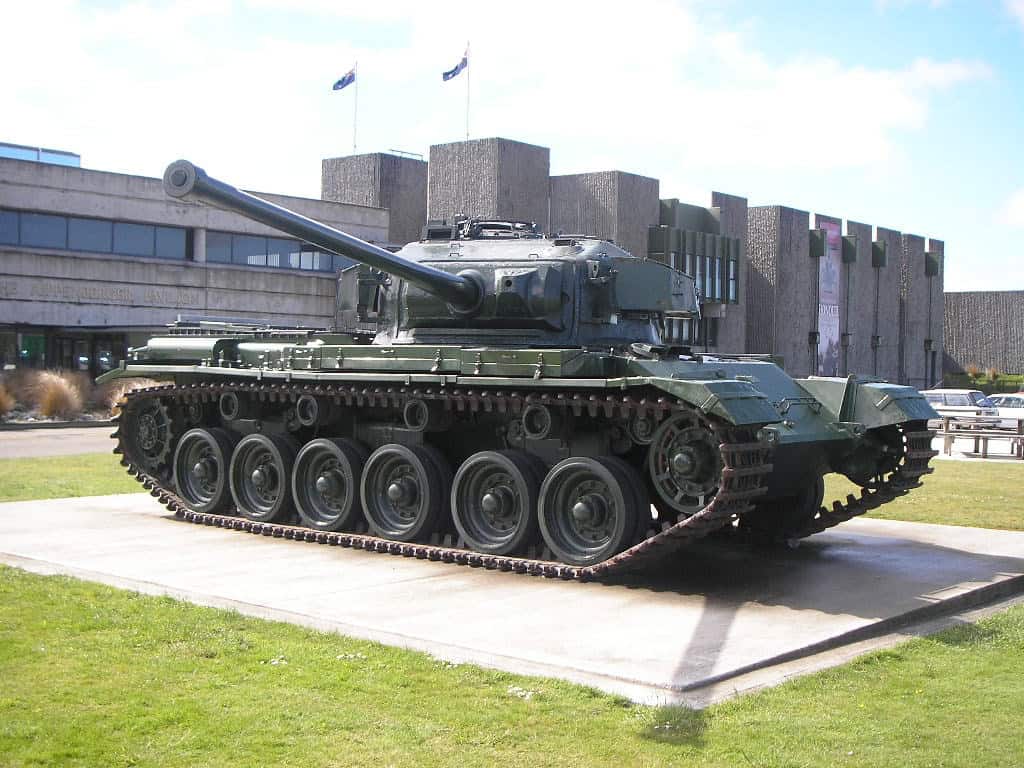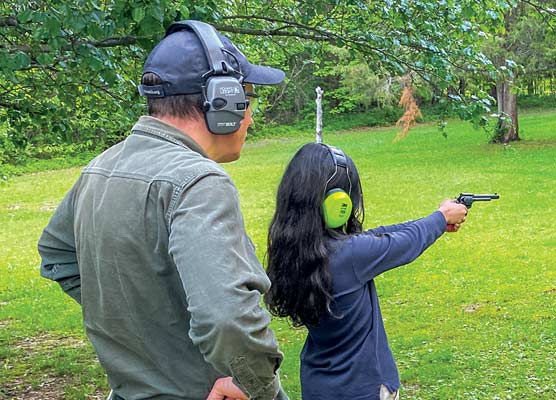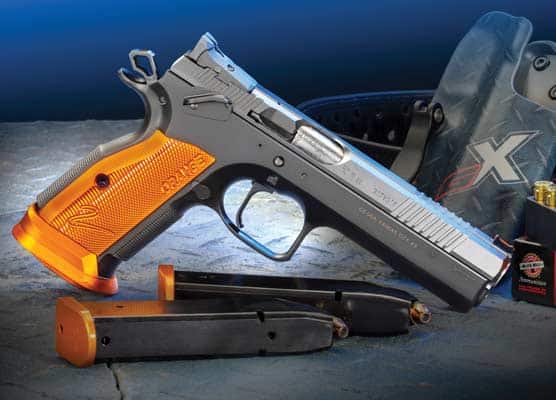| Discover |
0
Tanks are supposed to be tough. That’s kind of the point. First developed amidst the bloody maelstrom that was World War 1, these hulking armored vehicles were intended to allow troops to safely cross fire-swept battlefields and take the fight to the enemy. Over time, these slow-moving behemoths eventually became both fast and lethal.
The state of the art in tank design veritably exploded during World War 2. The mighty German cats—the vaunted Panthers and Tigers—got all of the press. However, the Brits, Americans, and Russians produced some extraordinary machines as well. The pinnacle of development in the UK was the Centurion.
Developed at the very end of the war, the Centurion did not see active service until 1946. At the time, however, it was arguably the finest main battle tank in the world. Featuring a 20-pounder (84mm) main gun and an all-up weight of 55 tons, these early Centurions were fast, tough, and mean. One particular example, Centurion 169041, was also apparently unkillable.

The Centurion 169041 immediately prior to its nuke test. The bomb sat atop the tower in the background.
In the early 1950s, relatively little was known about nuclear weapons. The US had a monopoly for a time, but everyone else was terrified they might fall behind. The British supported their own nuke program that they tested in a remote part of the Australian outback called Emu Field. These tests were codenamed Totem.
The Australians were considering joining the nuke club themselves at the time, so they collaborated fully with the British. One of the objectives was to see how modern military equipment might respond to a nuclear blast. Most of that was old, worn-out stuff that nobody might miss. However, determining how resilient tanks might be on a nuclear battlefield was important. As a result, the powers that be decided to donate a brand-new Centurion to the cause.
Nobody knows why Centurion number 169041 got tagged from among all of its mates to participate in this top-secret test. 169041 rolled off the line at Barnbow, UK, in 1951. At the time of the Totem tests, this particular Mk III Centurion had only 500 miles on the odometer.
Emu Field really was in the middle of nowhere. It was an immense logistical challenge getting 169041 out to the site. The final leg was via a flatbed truck that bogged down in the sandy wash on several occasions. When that happened, the crew actually dismounted the tank and used it to pull the truck out of the muck. That seems a fairly ignoble task considering where it was headed. The roads eventually got so bad that 160041 had to make the final 170 miles under its own steam.
169041 was equipped with a full combat load of fuel and ammunition. The tank was unmanned at the time of the test, of course. Nobody is that stupid. Dummies with radiation badges were arrayed at the various crew positions. The real crew released the brakes, left the engine running, and then scampered off to a bunker someplace. Then, at 0700 on 14 October 1953, they detonated a 10-kiloton nuclear weapon atop a steel tower a mere 400 meters away. The objective was to see exactly how tough a modern main battle tank could actually be.
Let’s put this in perspective. A 10-kiloton nuclear device has an explosive yield equivalent to 10,000 tons of trinitrotoluene high explosive. The Little Boy uranium-based bomb that obliterated Hiroshima was a 15-kiloton device. That monster killed some 140,000 people. This weapon was 2/3rds the size of the Hiroshima bomb, and it went off a mere four football fields from our buddy Centurion number 169041. When the chaos abated, these valiant researchers donned their rubber suits and wandered out into the blast zone to study the detritus. They were shocked to find that Centurion number 169041 seemed relatively unfazed.

Nuclear weapons are almost unimaginably powerful. However, Centurion 168041 was up to the challenge.
Miraculously, 169041 seemed grossly intact. It had been knocked backwards about a meter and a half and had run out of gas, but it wasn’t just blown to pieces. The shockwave had stripped off the radio antennas and ripped the armored skirts off the sides. These were thrown 180 meters downrange. The blast cleaned off the paint, damaged the optics, and blew the hatches open. However, after topping the thing off with fuel, they just drove it away. Tragically, that wasn’t such a great idea.
The crew did eventually decontaminate the vehicle. However, the damage was done. Twelve of the sixteen troops working in close proximity to 169041 purportedly succumbed to radiation-induced malignancies.
The Aussies were not ones to let a perfectly good tank go to waste. 169041 served another 23 years with the Australian Army. After a series of upgrades, she found herself in the jungles of Vietnam at Nui Dat Combat Base with Charlie Squadron of the 1st Armoured Regiment. In May of 1969, the unkillable atomic Centurion caught an RPG2 rocket from an NVA sapper that penetrated its hull. Most of the crew was wounded, but they all survived.
After the Aussies pulled out of Vietnam, they brought 169041 and its fellow Centurions back home. These old, reliable beasts were eventually replaced in active service in 1976 by German Leopard 1s. The unkillable Centurion has now found a forever home at the Royal Australian Air Force Base Edinburgh in South Australia, a fitting tribute to a rugged tank that was just too tough to die.


